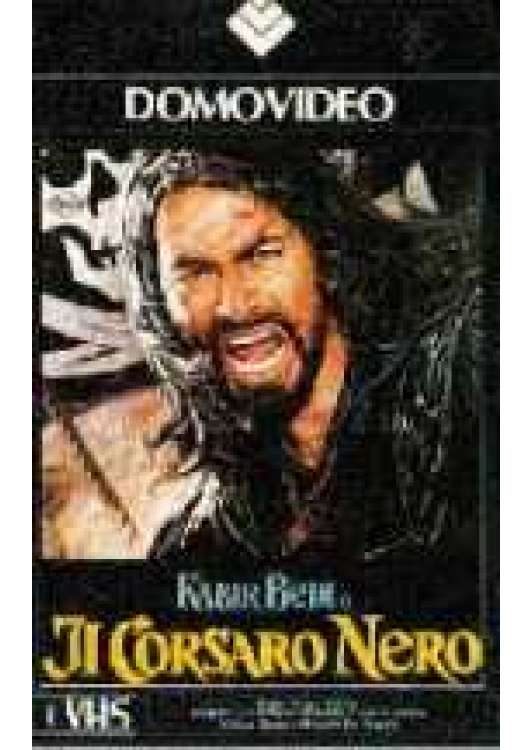

Just as Hollywood had its pirate swashbuckling era in the 20s, 30s and 40s, the early days of the Italian film industry brought many a high sea adventure to the screen. The majority of Salgari's big screen adaptations were taken from the pirate tales he had so skilfully brought to life. It would be the first of many films based on his work. Griffith, Eisenstein, De Mille and others. It pioneered epic screen production, camera movements, and foreshadowed the work of D.W. The three-hour movie with its grand proportions and cast of thousands created a sensation throughout Italy.

Gabriele D'Annunzio was billed as the official screenwriter, but D'Annunzio had been brought on board to help revise the film after it had been shot, earning the credit by changing the title to Cabiria, changing the name of some of the characters and rewriting the captions, using more grandiloquent expressions than those originally employed by Pastrone. Salgari had never been employed or credited as a writer however, it is evident that scenes and plot points had been 'borrowed' from his novel. Cabiria the landmark Italian epic directed by Giovanni Pastrone bears many similarities to Emilio Salgari's 1908 adventure novel Cartagine in Fiamme (Carthage is Burning). Salgari 's tales have had quite an impact on film and television.


 0 kommentar(er)
0 kommentar(er)
